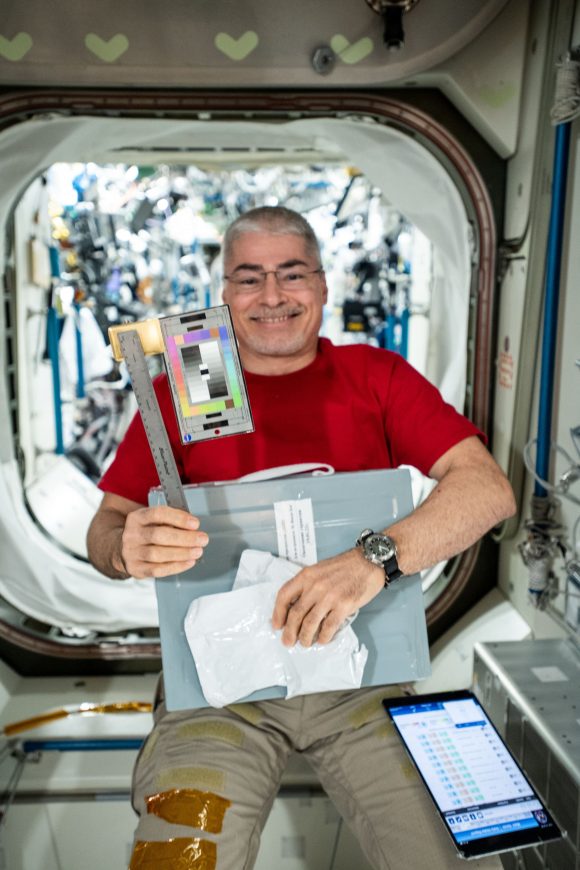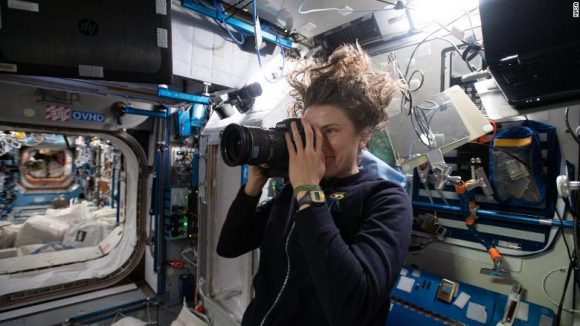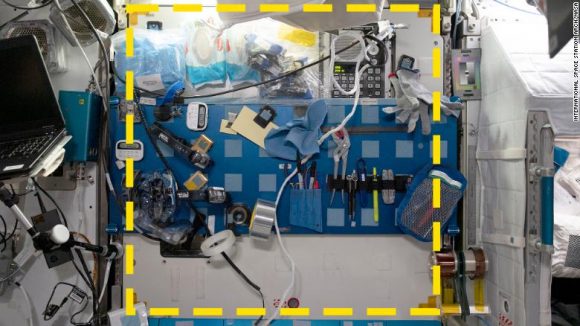Justin Walsh Documents the Habitation of the ISS Space Archaeology from Chapman University
March 15, 2022

Just under ten years from now, in January of 2031, the International Space Station (ISS) will fall purposely to Earth at Point Nemo, about 2,000 miles (3,219 kilometers) north of Antarctica. The ISS has functioned for years, servicing our planet as the home of astronaut crews. The ultimate fate of the space station has been part of the plan since before the modules ever launched, but as this happens, it will mark the end of an era. Its legacy, however, will live on and be preserved through space archaeology.
The first archaeological study, performed outside of Earth, is attributed to Justin St. P. Walsh, Associate Professor of art history and archaeology at Chapman University in California. Together with Alice Gorman, Associate Professor at Australia’s Flinders University, Professor Walsh began to brainstorm how to view the ISS from an archaeological perspective. Walsh states, “ISS is such an important site for the development of humanity living in space,” as well as “If this were a site on Earth, we would do everything we could to preserve it. But that isn’t technically feasible (in the case of the ISS), so the next thing archaeologists do, like when sites are going to be flooded due to the construction of a dam, for example, is document everything we can about the site, and preserve that documentation and any samples”.
Their experiment called the Sampling Quadrangle Assemblages Research Experiment, or SQuARE for short came into fruition. By placing 3-foot (1-meter) tape squares on walls throughout the space station and photographing them each day for 60 days, they were able to observe and show how these areas changed over time. The astronauts placed the squares in common areas such as the galley table where the crew eats, workstations, and even the bathroom to try and record what life was like in zero gravity. Their findings conclude a direct parallel to how soil layers preserve different moments in time at archaeological sites.
Both Walsh and his partner Gorman were able to learn from their first experiment documenting habitation in space and hope to translate this to more remote locations on Earth, such as artifacts left on Mount Everest that stay immobilized for years. Gorman said, “This might be the beginning of different kinds of archaeology that we could see in the future.”
Reference: Ashley Strickland for CNN


